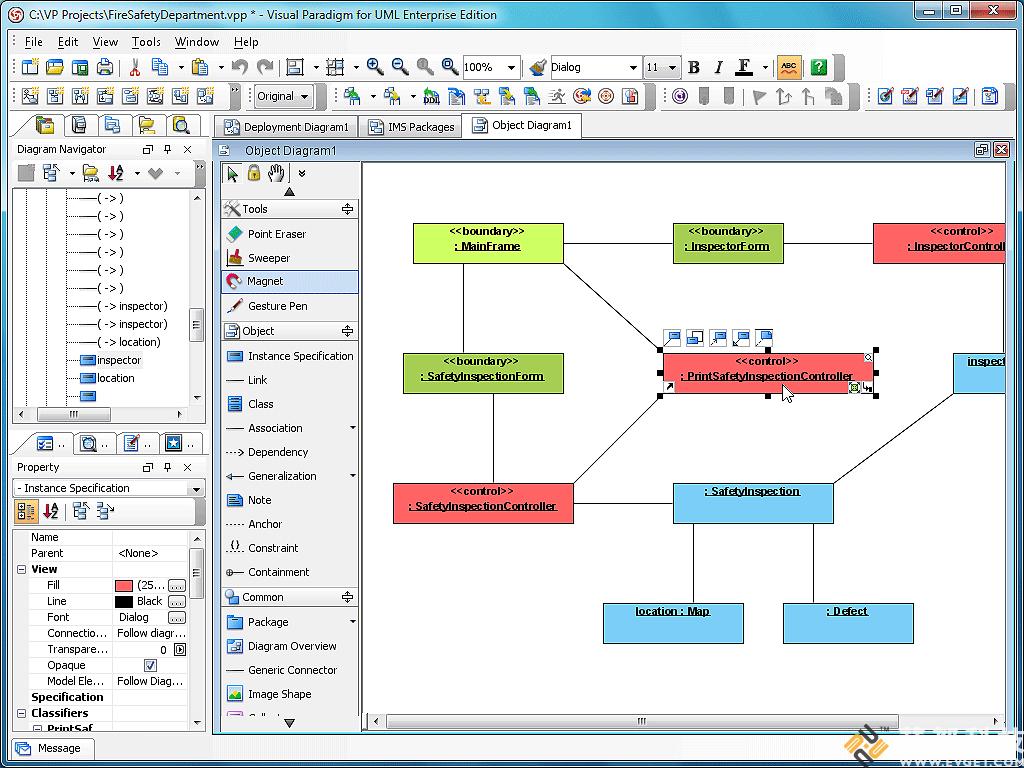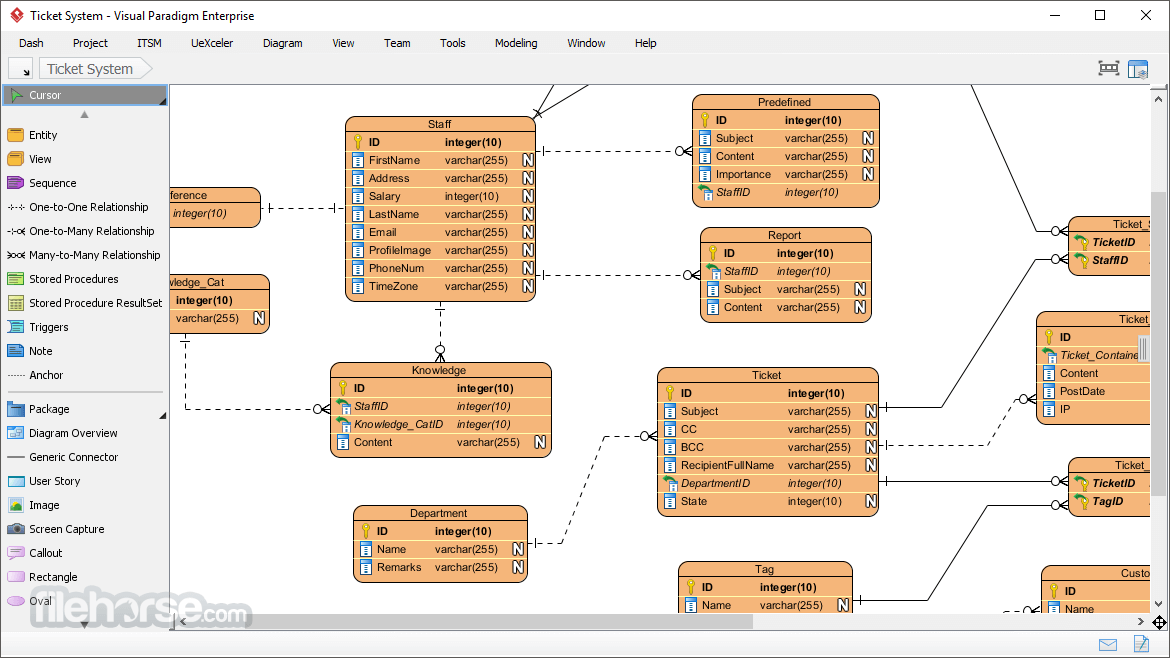

It supports the latest UML notations for modeling, and provides an intuitive user interface including dockable UI, resource-centric and mouse gesture to simplify diagram editing. The Professional Edition is a toolset that combines professional UML modeling, integration with major IDEs, code generation/reverse engineering and excellent interoperability with other applications. Software developers can perform Model-Code-Deploy effectively and efficiently within one unique visual development platform.

VP-UML is integrated with the Eclipse IDE for coding and round-trip code engineering. VP-UML supports the full development life cycle, the latest UML notation for visual modeling and code generation. Visual Paradigm for UML (VP-UML) is an ALL-IN-ONE Visual Development Platform. Smalltalk is an object-oriented, dynamically typed reflective programming language.Visual Paradigm for UML (Professional Edition) 6.3 SP1 Description: It was designed and created in part for educational use, specifically for constructionist learning, at the Learning Research Group (LRG) of Xerox PARC by Alan Kay, Dan Ingalls, Adele Goldberg, Ted Kaehler, Diana Merry, Scott Wallace, and others during the 1970s. The language was first generally released as Smalltalk-80. Smalltalk-like languages are in active development and have gathered loyal communities of users around them. ANSI Smalltalk was ratified in 1998 and represents the standard version of Smalltalk. Smalltalk took second place for "most loved programming language" in the Stack Overflow Developer Survey in 2017, but it was not among the 26 most loved programming languages of the 2018 survey. There are a large number of Smalltalk variants. The unqualified word Smalltalk is often used to indicate the Smalltalk-80 language, the first version to be made publicly available and created in 1980. The first hardware-environments which run the Smalltalk VMs were Xerox Alto computers. Smalltalk was the product of research led by Alan Kay at Xerox Palo Alto Research Center (PARC) Alan Kay designed most of the early Smalltalk versions, Adele Goldberg wrote most of the documentation, and Dan Ingalls implemented most of the early versions. The first version, termed Smalltalk-71, was created by Kay in a few mornings on a bet that a programming language based on the idea of message passing inspired by Simula could be implemented in "a page of code".

A later variant used for research work is now termed Smalltalk-72 and influenced the development of the Actor model.


 0 kommentar(er)
0 kommentar(er)
